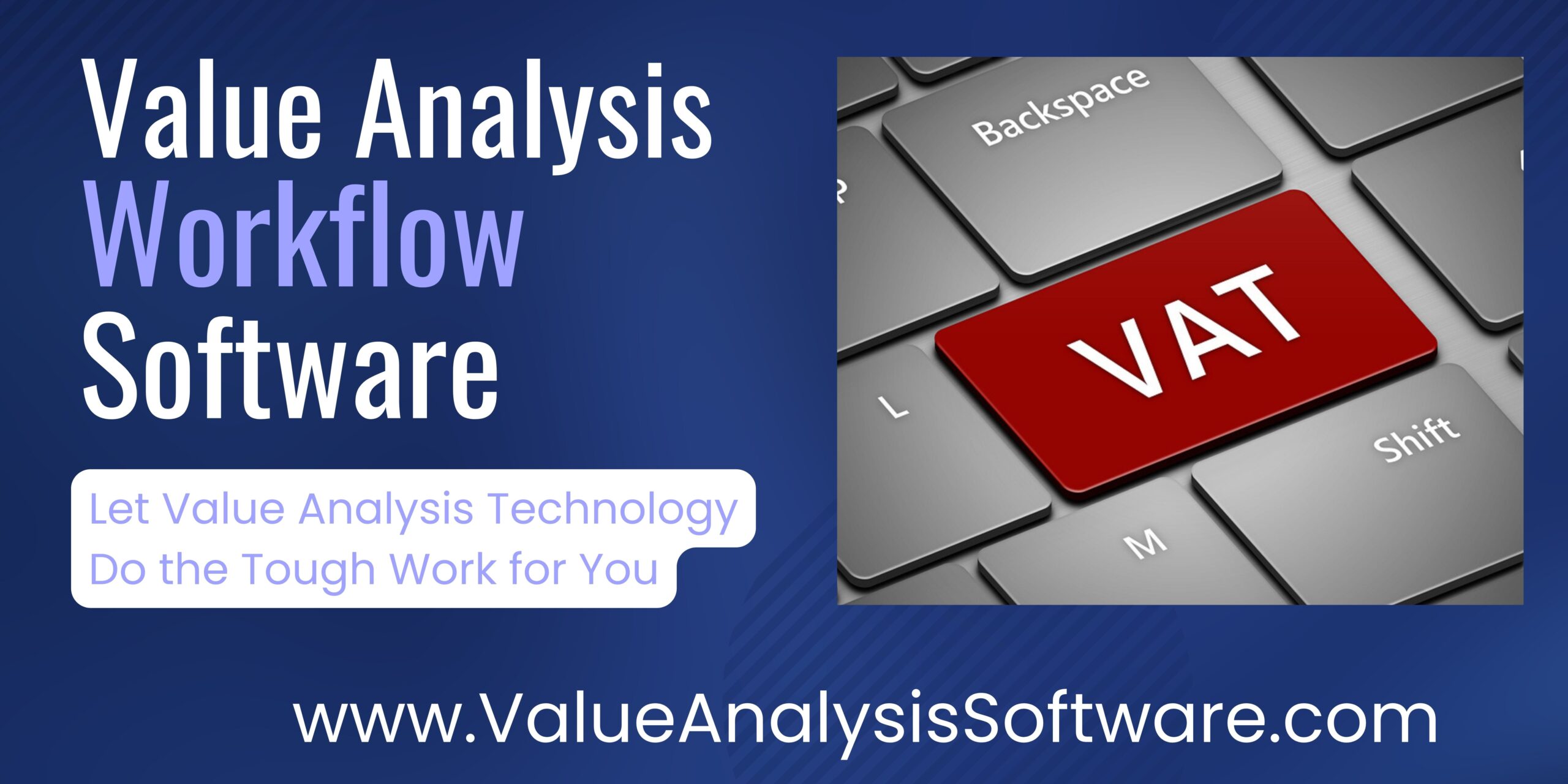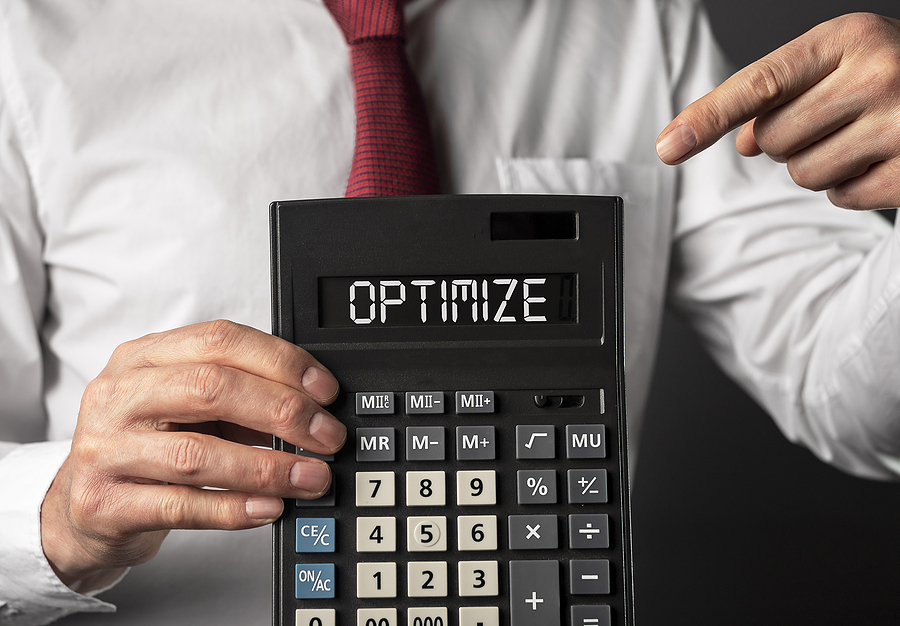Tell us about your experience and how you got involved in the healthcare value analysis and supply chain world.
I’m relatively new to the healthcare world but I was originally on a healthcare path which started when I was in college, having completed my undergraduate degree in genetic cell developmental biology. I was then pre-med and was later accepted to medical school. I was intending to go through with it but then made a very strict left-hand turn that led me into the supply chain world. It was kind of by accident. I originally started with food supply chains, working with organizations like Starbucks and Trader Joes, and then moved over to Kraft Heinz. My supply experience was all on the food side but then progressed into healthcare. There were a lot of similarities with all of the restrictions, rules, and regulations that you have to follow because food and healthcare supply chains are all regulated by the FDA. I’ve been in the supply chain for about 10 years now and performing value analysis throughout all those years along the way.
A good example of working in the value stream or value analysis is with Heinz. At Heinz you have teams of people in which value analysis is their entire thing. If you’re producing ketchup at Heinz, it is at their Ohio plant. Like value analysis teams at hospitals, you have supply chain optimization teams at Heinz. Their purpose is working towards how we optimize our supply chain so that we have the tomatoes planted when they need to be planted so that they’re picked when they need to be picked, then processed into paste at the optimal time, and transported to arrive on time. That’s where they are working the value stream of that entire process so that everything works when it has to work which is most important.
How do you envision supply distributors like Caresfield and value analysis teams work together to bring more value and quality to healthcare organizations? Could you give us some examples of value analysis successes that help formed this vision?
There is huge value in Caresfield working and facilitating projects with value analysis teams. For example, one hospital system we work with has their primary and secondary hospitals but also a huge network of clinics and outpatient centers. Case in point, this health system’s hospitals are going to have their primary lab specimen labels for each one of those major facilities, as well as a few labels for their outpatient facilities. We work with value analysis teams to help them take all four, five, or even six labels that are performing the same lab function down to just one direct thermal label with adhesive from a preferred manufacturer. You would be amazed at the price discount your manufacturer would give you just because you’ve reduced the complexity. We’ve helped them to now order their primary lab label products in bulk. They can set up one press and just run the press once to specifications. We help the label manufacturer eliminate waste. Every time they set up a small wet press, you get anywhere from four feet to 2000 feet of waste just to start up the press. By helping them reduce those setup and production costs, our health system reduces their end pricing in this process as the savings are passed along the value stream.
Do you see more supply chain distributors working side by side with Value Analysis Professionals and their teams as a strategic partner versus “Just the Distributor?”
It depends on the hospital system you’re working with as well as the product you’re working with. If you’re dealing with a tourniquet, a needle, or a specimen cup versus a simple print label, then it clearly is patient related and falls to value analysis. Though, a lot of the labels will go through IT because they’ll just claim that is IT’s realm and that’s it. On the Value Practitioner side of it, they’ll claim anything patient related as well as patient safety. We then work with the value analysis teams and nurse leaders for the health system on the patient related product project as well as IT.
In most patient related cases it’s always different who we end up working with in a health system or hospital. It ranges from a floor nurse to your Chief Nursing Officer that we are dealing with. They’ve got patients to actually care for, and let’s face it, they don’t want to talk to me about how we manufacture a better label for them. They just want the better label for their staff and patients. We go to all levels to meet our customers’ requirements.
Do you train (or if not plan to train) your account executives in healthcare value analysis strategies and techniques to better serve your customers and their value initiatives?
We have different models depending upon the maturity of a health system’s value analysis teams and approach to value analysis. Yes, we kick things off with our sales rep who leads the account management process for our client health systems and hospitals. We tend to not have as much involvement in hospitals with very good value analysis teams, as they tend to dictate the requirements of the product offerings to the account rep who works to meet those at the lowest cost and good quality. For hospitals that require more assistance, we will then engage further in the value analysis process with them and help them better understand their requirements and develop cost effective options. I actually prefer us becoming more engaged in the value analysis process. It makes the most sense for us because we employ supply chain optimization best practices and keep ours and our customers’ costs low.
Wade Blom
Director of Operations and Supply Chain
Caresfield Inc www.Caresfield.com
Articles you may like:
Healthcare Supply Chain: What Happens If You Run Out Of Price Savings?
5 Supply Chain Savings Strategies to Employ to Aid Your Health System’s Immediate Bottom Line Crunch
When It Comes to Recalls, What You Don’t Know Can Hurt You – and Your Patients, Too!





